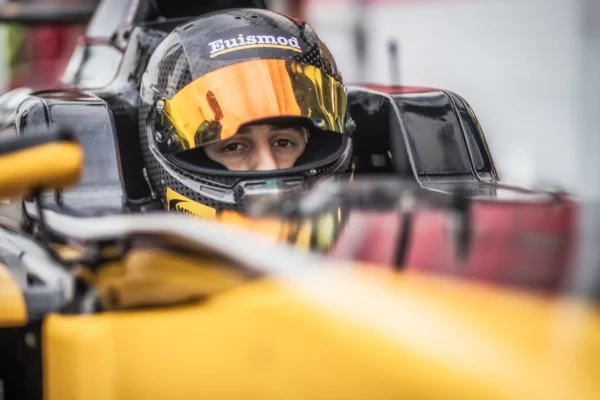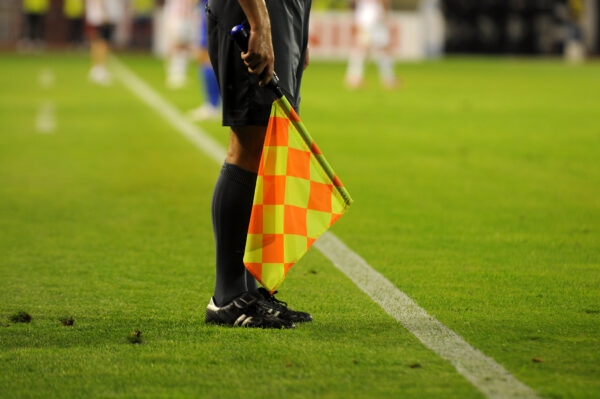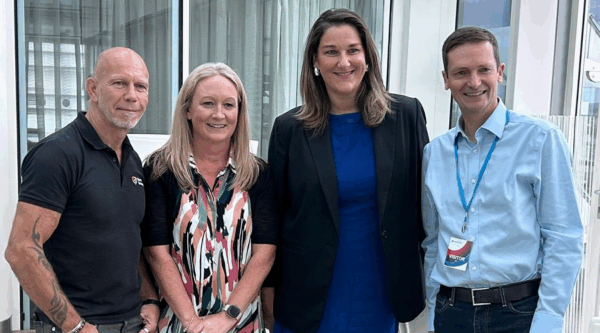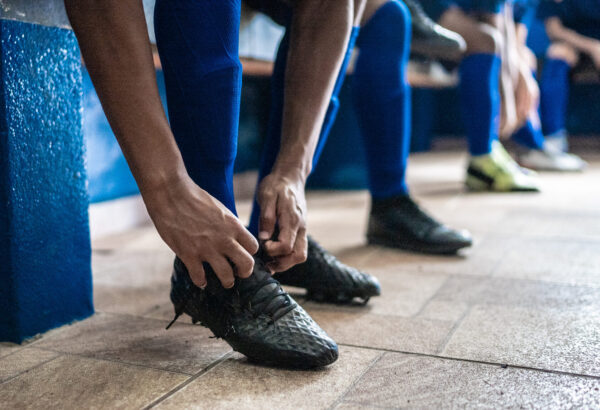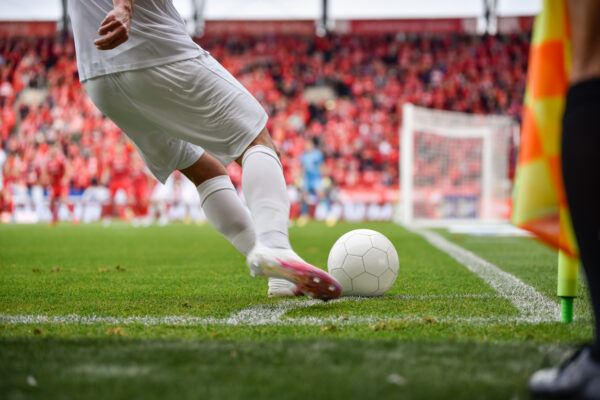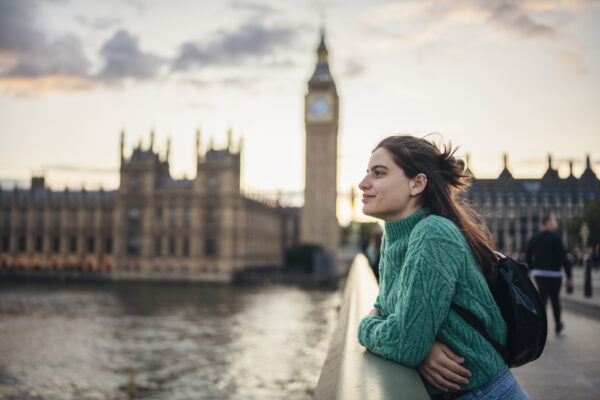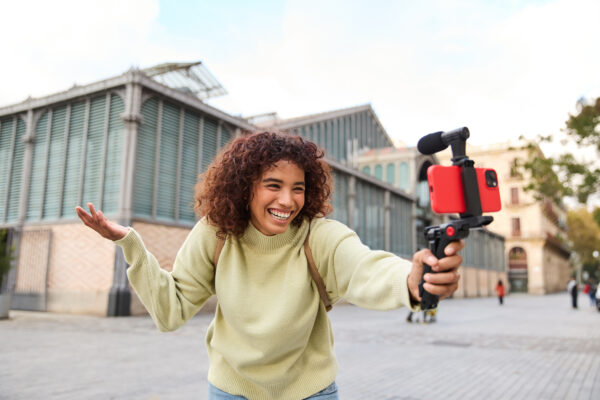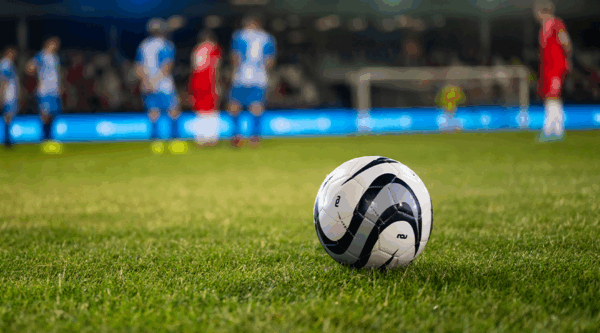
Floodlights v Planning – do you need planning permission for sports floodlights
8 September 2025
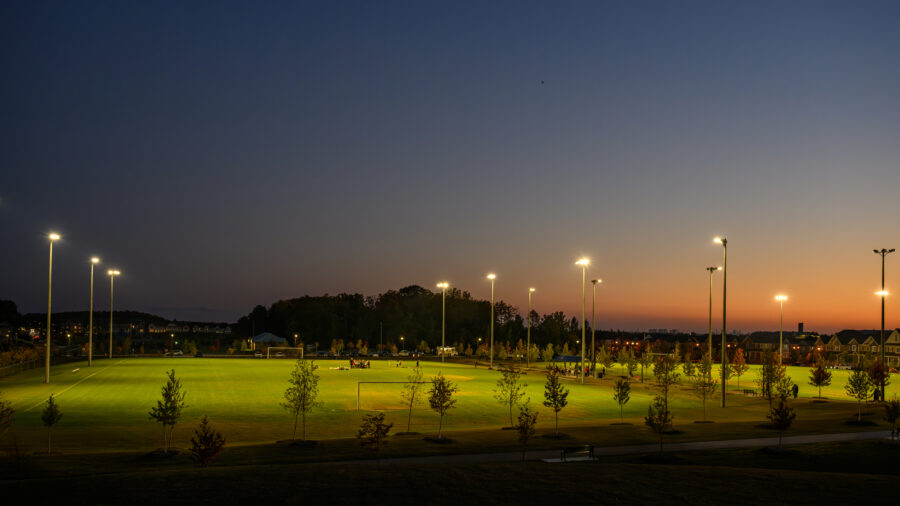
The shorter, darker evenings mean one thing: the winter sport season is here!
If you’ve ever played an evening game of rugby or football, you’ll know that nothing quite beats the buzz of playing ‘under the lights’.
Floodlights don’t just brighten up the pitch and add to the match-day excitement; they extend playing hours, allow clubs to host mid-week training sessions and more fixtures, and create a buzzing atmosphere at local sports grounds long after dark.
But before any club, school or community group rushes to install them, there’s a hurdle to clear: planning permission.
Why floodlights need planning permission
Floodlights aren’t just another bit of kit you can add without a second thought. They’re tall, powerful and – let’s be honest – not everyone’s going to be thrilled about them.
Installing floodlights counts as ‘development’, so you’ll need to apply to your local planning authority for planning permission. Common concerns associated with applications for floodlights are:
- Light pollution: bright beams can spill into nearby homes, disrupting sleep or spoiling the evening view
- Visual impact: tall lighting columns can look intrusive, especially in rural or residential areas
- Environmental factors: wildlife (like bats) can be affected by artificial light at night
- Traffic and activity: more evening use can mean more cars, noise and people coming and going for longer.
The planning application process
Applying for planning permission can feel daunting, but the process is fairly straightforward:
- Speak to your local planning authority: they offer pre-application advice. It’s worth asking what’s likely to be acceptable before spending money on detailed plans
- Submit your application: you’ll need technical details of the floodlights, including height, brightness and beam direction. A lighting assessment usually supports the application
- Public consultation: your local planning authority will consult neighbours and local groups for their views on your proposals. Expect some concerns, especially around light spill, height and late-night noise
- Decision: your local planning authority must determine applications in line with the local development plan (to the extent that development plan policies are material to an application), unless other material considerations indicate otherwise. Each application is determined on its merits.
Mitigating concerns
The good news is that modern floodlight technology is much better than it used to be. LED lights, for example, are more energy-efficient and can be fitted with shields and angles to reduce light pollution. Clubs can also ease concerns by agreeing to:
- Set time limits (e.g. lights off by 10pm)
- Use lower levels of illumination for training sessions
- Provide clear traffic management or parking arrangements.
Balancing sport and community
Floodlights can transform local sport and community life by giving people more chances to play, train and stay active. But they can also change the look and feel of an area.
When deciding whether to grant planning permission, the local planning authority will weigh up the public benefits, such as sport and community, against the potential impact on local residents – helping clubs and communities to grow while protecting residents’ peace and quiet.
So, if you’re part of a sports club dreaming of floodlit evenings, don’t be put off by the planning process. Do your homework, talk to your community and show you’ve thought about the impact.
Get that right and the benefits can allow local talent to shine.

